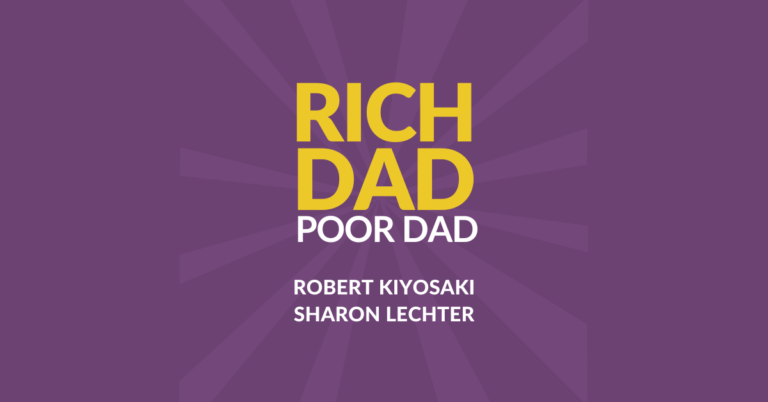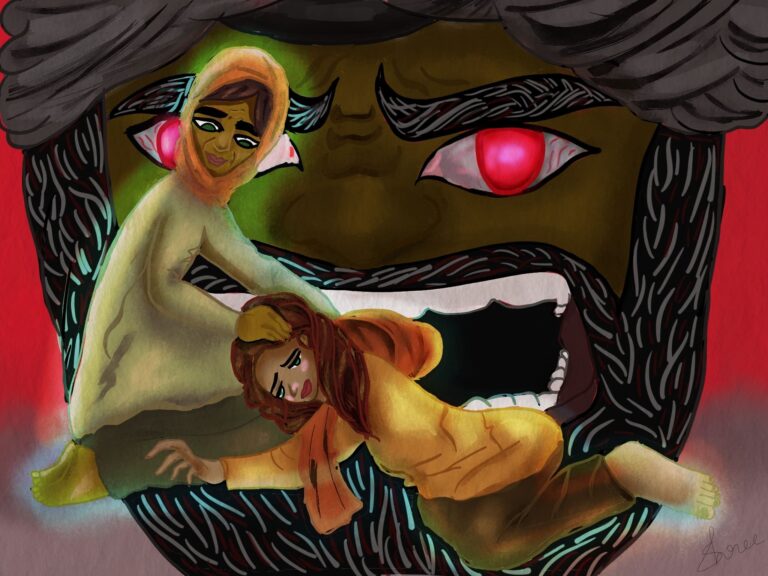The return of GAIA in our times
Anuraag is a ‘Contributing Writer’ at The ArmChair Journal.
Official info- A student pursuing PhD in International Politics (IP), School of International Studies (SIS), Central University of Gujarat (CUG)
Unofficial ‘True’ intro -A Homo Sapien from Guwahati trying to jot down a few lines on history, politics, international relations and short stories. Sometimes likes to rant like a frustrated millenial of the climate change and n- COVID world.
Book- The Nutmeg’s Curse (Parables for a Planet in Crisis)
Author- Amitav Ghosh
Publisher- Penguin Random House, India

Although the name of Amitav Ghosh evokes memories of surreal novels like The Glass Palace or the renowned Ibis Trilogy, yet The Nutmeg’s Curse brings in a box full of surprise for Ghosh’s fans. Here, Ghosh takes the road less travelled by venturing into more serious non-fiction as compared to his other previous works. As the title suggests, Ghosh begins his odyssey through the story of the nutmeg and its native homeland – the Banda Islands – which was also the abode of the majestic Gunung Api volcano whose eruptions and ashes were the major progenitor of the spices. However, the same nutmeg and the gift of Gunung Api soon turned out to be a curse with the arrival of the Dutch East India Company (VOC) into these islands.
In search of the precious spices, a handful of which was enough to buy one a ship or mansion in sixteenth-seventeenth century Europe, the VOC first tried to impose a monopoly on the commerce of nutmeg and maces in the Banda Islands. This was followed by more violent manifestations of the nutmeg’s curse- genocide, forced mass displacement of the natives, slavery and finally colonisation of the Banda Islands. But the book isn’t just a graphic description of the colonization of the Banda Islands and Ghosh goes on to describe, in the following chapters, a similar process of omnicide playing out across the Atlantic Ocean in the newly discovered continent of the Americas or the New World. Taking these two historical events as starting points, Ghosh traces the journey of the ever-continuing processes of terraforming, exploitation and the resultant climate change right to our times in the era of the n-COVID pandemic.
Each of the chapters is centred on a theme connecting the events of the VOC with the current day crisis of our times. For instance, in the chapter titled Choke Points, Ghosh tries to establish the link between the current-day geopolitical scramble over choke points such as Malacca and Hormuz to the control over the same sea routes by the Portuguese and other oceanic powers during the early modern and modern periods. In addition, like the control over oceanic routes was inspired by the volume of trans-oceanic trade flowing through these choke points, similarly the current day US and Chinese concerns over Malacca and other similar locations are driven by the concern over the volume of petroleum and other energy resources crucial for any country’s economic and politico-military superiority. At the same time, credit must be given to Ghosh for putting the focus on ‘voices of the earth’ – the perspective from Indigenous communities often ignored or side-lined at climate summits as in the recent COP26 which saw protests by indigenous communities as an indication of the continuation of colonialism which has continued to overlook and downplay their voices[1]. In most of the chapters, Ghosh has endeavoured to put to centre stage, the views of individuals such as the Yanomami Shaman Davi Kopenawa who claims to ‘speak with the earth’- a living entity filled with mystery and symbolism instead of the inert planet in the solar system for modernity. For Ghosh, it is Kopenawa and other such perspectives speaking with ancestor spirits or xapiri, dancing and evoking Gaia or the Mother Goddess with songs and shamanistic evocation ceremonies− loosely conceded by modern science as Traditional Ecological Knowledge (TEK)− that would ultimately be the saviour of the current human species and the world at large. As a result, the book is replete with instances that details how such vitalist philosophies and living knowledge systems, from the Banda Islands to the Americas and even among farming communities in Europe were gradually replaced or side-lined as superstitious mumbo-jumbo, witchcraft and primitive beliefs by an entire process of Western modernity, settler colonialism, missionary activities and ‘empirical science’ beginning from the sixteenth century and continuing till date.
Yet, Ghosh points at the vitality of such ‘living systems of knowledge’ by highlighting the prevalence of such thoughts regarding the Gunung Api, the hantus and orang halus (guardian spirits) of the Banda Islands despite the current population being a mix of diverse ethnic and religious groups like Christians, Muslims, descendants of slave populations brought from India and Sri Lanka. Or the continued relevance of the xapiri’s secret messages to Davi Kopenawa in the face of the continued assault on Native rights and the Yanomami’s way of life by the Bolsonaro regime. In addition, the victories scored by vitalist politics such as the Maori people’s quest to get Whanganui river the legal rights of a human in 2017 or the resounding success of the Standing Rock protests against the Dakota Access Pipeline in 2015− cases where the vitalist logic of indigenous wisdom prevailed over hard ‘logic and common sense’ are some of the powerful reminders that Gaia or Pachamama is here to stay despite the centuries of modernity and colonialism’s onslaught.
Finally, Ghosh ends his book with the last chapter titled ‘Hidden Forces’; the ‘forces’ in question being the living force of earth or Gaia, the xapiri of Kopenawa and the orang halus of the Bandanese. As per Ghosh, these forces have been working and resisting in the shadows since the first arrival of European modernity with their guns and other tools of terraforming and omnicide. For Ghosh, what lurked upon the fears of the Dutch in Banda Islands or the settlers in the Americas was not much the attack and revolt of Natives but the potential ability of Gaia or the guardian spirits to turn the tide against their ideas of modernity, colonialism and the inert earth. The existence of such hidden forces can also be found in the recent resistance of the Marind people of West Papua against industrial oil palm cultivation− the allies of the Marind are not courts or any NGOs and indigenous rights organisations, but the sentries of Gaia or parasites such as beetles, rats, fungi and others that eat up the oil palm trees from within. This is evident from the opinion of one of the West Papuan activists- “Many Marind see oil palm as the enemy because it destroys our forests. But oil palm has its own enemies—the beetles, rats, fungi, and many more. Oil palm is taking over the land and forest, but it is not invincible. There is something important to be learned from oil palm’s enemies”[2].
Taking the last instance of West Papua as a cue, perhaps Ghosh’s book is not so much about the Nutmeg’s Curse as about the curses that have afflicted us in the form of climate change and n-COVID pandemic for our long refusal to follow and heed the hidden signs of Gaia since the sixteenth-seventeenth centuries till date.
References
- Ghosh, Amitav. The Nutmeg’s Curse, Haryana: Penguin Random House, 2021
- A continuation of colonialism’: indigenous activists say their voices are missing at Cop26’, The Guardian, 3 November, 2021
- ‘Allying with parasites to fight industrial palm oil’, Sapiens, 19 October 2021.








